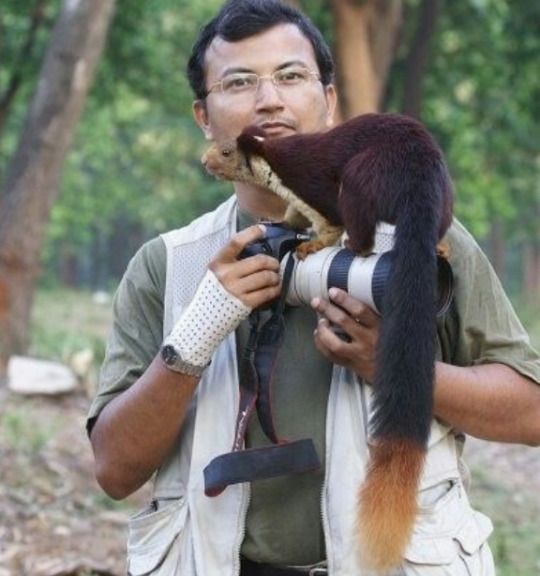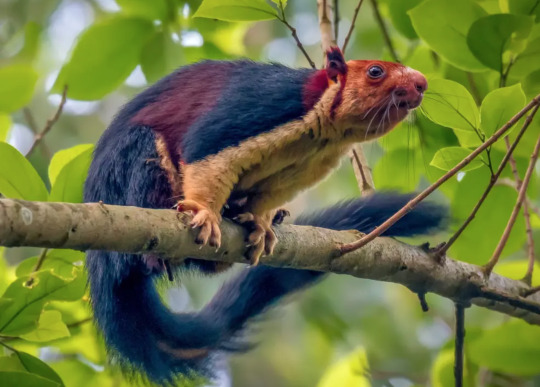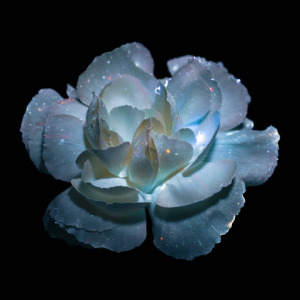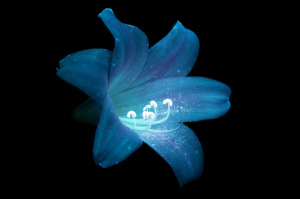#bluejays are actually brown for example
Explore tagged Tumblr posts
Text
So I looked it up, and the lighting is changing the colors(or there's photo editing to make them more vibrant). Malabar/Indian Giant Squirrels are varying shades of black, brown, and deep red with a cream underside. There is not actually any blue or purple. So, while they do look amazing, they're not quite as fantastical as this post makes them seem.
i learned that in India, there is a species of giant squirrel that have multicoloured fur, with with varying shades of orange, maroon and purple. Their bodies measure 36in from head to tail – double the size of their grey relatives – and they can leap 20ft between trees (x)


#I had to check. Blue and purple are pretty rare colors for animals#even in butterflies and birds. they are usually achieved through light refractions in the feather and wing structures#there is no blue pigment#bluejays are actually brown for example#its the same way with iridescent birds like peacocks and hummingbirds
27K notes
·
View notes
Text
Submitted via Google Form:
So I found out that blue is apparently rare in nature but I want it to in fact be relatively abundant in my world. Honestly for no apparent reason than it's my favourite colour and I want it to work in it. What would I need to change from real life in order to do that? Preferably from blue pigments but reflected light would also be great.
Tex: Blue is rare in nature because in order to produce what we perceive as blue, the red wavelengths of light need to be absorbed and not refracted out, so physical structures are usually relied upon instead (The University of Adelaide, Live Science). A lot of the work for this to be naturally-occurring was also covered in a previous ask.
However, there can be a shortcut to this - shift the wavelength band a little to the left and use ultraviolet. Flowers communicate with insects in UV light as a form of coevolution (Wikipedia), and when colour-corrected to a wavelength we can see, it comes across as blue.
Some examples:

Photo by Debora Lombardi (My Modern Net)

Photo by Craig Burrows (CPBurrows.com)
Feral: As Tex points out, nothing is going to appear blue if the people of your world cannot perceive the wavelengths of blue light. Even without UV, this trick of light is a popular option. Bluejays (and all birds with blue plumage) actually have feathers that are pigmented brown where we perceive blue because of a specific way air gets trapped in them.
However, another way to manipulate the proliferation of blue in your world is through geology and mineralogy. Tweaking the abundance of certain elements and how they are incorporated into the biochemistry of your world will change certain colors found in nature.
You can make certain blue rocks and minerals more prevalent. Basalt, slate, limestone, and sandstone are all common rocks that can appear blue. The mineral glaucophane can be mixed with basalt to create the metamorphic rock blueschist. Thus, the earth itself can appear more blue, rather the generally brown color we tend to associate with dirt, rocks, and sand.
But metals and minerals are also very important in biochemistry as cofactors, nutrient minerals, and trace elements. Most people will know that iron is an important metal for humans because it carries oxygen in our blood stream, and this is why our blood turns red when it’s oxygenated - that’s what iron does. But crustaceans have a greenish-blue blood because the oxygen-carrier is hemocyanin, containing copper. Cobalt, important to Vitamin B12, is a nutrient mineral that comes to mind when I think of blue.
So what about the flora of the world?
Flowers and fruits get their coloration from two types of molecules: carotene and anthocyanin. Carotene pretty exclusively produces reds, yellows, and oranges. Anthocyanin generally produces reds and purples, but in the rare occasions a blue flower is produced, it can be due to a chemical complex called metalloanthocyanin, which contains magnesium, aluminium, or iron (or a combination).
For a more scientifically robust look at coloration in flowers, including options other than metalloanthocyanin, check out this article, “Natural Blues: Structure Meets Function in Anthocyanins,” in the National Library of Medicine’s Center for Biotechnology Information Journal.
34 notes
·
View notes
Note
Are there like, rules about creating floofs designs? Like, do they have to have a certain anatomy or do you just stick wings on them? I'm asking because I'd like to design a bluejay themed floof, if that's okay!
Aaaaa if you can holdout a little while longer I’d love to get a full on visual guideline reference in place!
It’d have a much easier time of pointing out what’snecessary to make a Floof a Floof - and how to expand on that to create your unique designs - than me rambling like a mad man waving arms trying to articulate. I mean, I’ll be rambling the same way soonenough but – pictures. Pictures will make it easier. Less complicated and more funfor ya.
But yeah thereare like.. some things required to qualify as floof, but it’s nothing toocomplicated beyond what you can see in those examples, really? If anything there is a lotta flexibility in design, so long as the base boxes are checked.
Necessary anatomy box checks are:
- Collar ruff of fwoof at neck
- Feather coverage of full torso -- front, sides and back, and the full arms down to wrists. It’s like living in a forever jacket of adorable warmth
- Mmmm them scute/bird-scaly legs. It’s a mixer that sort of blends between the tougher scales and softer skin. To be better explained soon.
- Wings and tail ...pretty obvious points of necessity haha
- No boobies here. Not a single one.
Colour is another big subject, but it’s practically free game anyway so nothing to stress over. You can replicate actual birds, mix and match parts of your favourites, or outright make it all up yourself. They’ve got everything when it comes to pattern structures - specks, spots, dots, splotches, stripes, gradients, iridescence, sooting, barring, lacing, pencilling, hell leucism and abundism too absolutely - but who could tell that’s what it was and not just some fancy pattern!
They can be vibrant in tone or extremely drab and dull, intensely patterned or utterly blank. The choice is wide open and entirely yours! There certainly isn’t any sex restriction to colours here either - unlike many female birds of the fancier kind in our world, the ladies here can sport as brilliant plumage as the rest of em.
The only real restriction is that, well, for the most part an average coat will stick to the majority of one colour category, and vary through the family shades in the pattern from there. Not to say other colours can’t be present -- plenty samples proving that in those shared floofs! Like the lady in the top right corner, she has a fair few colours but you can tell she’s mainly green. Or the lass in bottom right; predominantly grey with some real strong teal accenting.
Having a clear colour class seems to be the common thing. But like I said, there are always the odd case or two saying otherwise.
Later I can blabber on about some basic gene modifier thoughts for colours, but yeah, you’ve got them all available to you!
Red, yellow, blue, green, orange, purple, pink, brown, black, grey, white. It’s wild out there, just have fun
#actual floofs#floofy chatter#there's a whole lot more than the physical stuff to cover#hopefully I can get to alla that soon!#consider this an IOU#and anon a blue jay would be wonderful!!!#Anonymous
70 notes
·
View notes